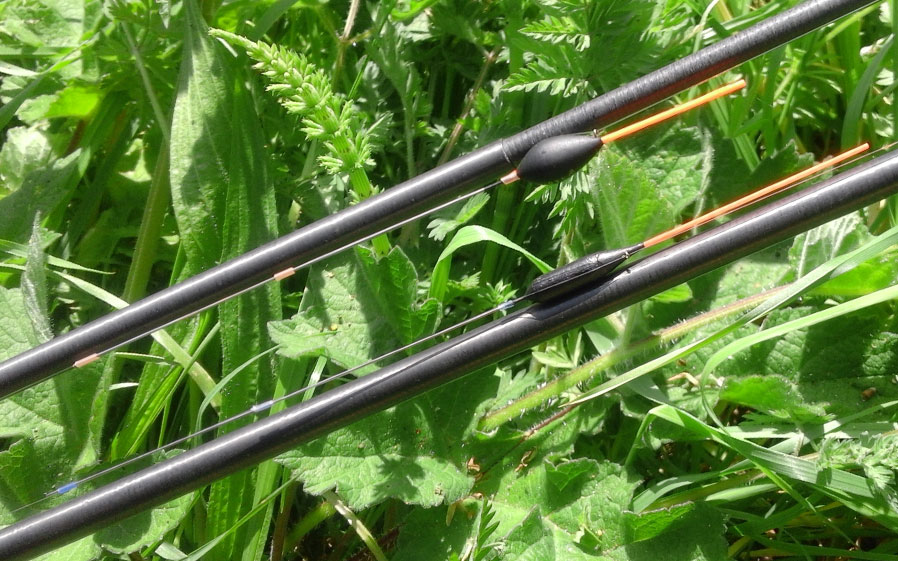This is a demo store. No orders will be fulfilled.
Dave's How To - Plumbing The Depth

In order to find the exact depth you need to attach a plummet to your hook. This should be done after your rig has been shotted correctly, so just the float tip is showing above the surface. Once a plummet is installed it will completely sink the float if the rig is set too shallow, while if the rig is too deep the float will lay flat on the surface. You need to keep adjusting until just the float tip is showing above the surface. When it is, you know your hook bait will end up just touching bottom after the plummet is removed.
Now comes the interesting bit. Normally you will catch a few “easy” fish to begin with, but might start to miss a few bites as other occupants of the swim become cautious. This is the time to experiment, first by adding a few inches to the depth of your rig. Laying some of your hook length line on the bottom makes it harder for wary fish to see it, so you tend to get more positive bites. But conversely, if you are loose feeding regularly, fish might begin to compete for the free offerings higher up in the water, so you also need to be prepared to try shallowing up your float tackle.
If you watch top anglers, they are always adjusting the depth and the shotting on their rigs, to keep in touch with the fish and the depth they are feeding at. It’s also worth remembering that the same top anglers always make a note of the exact depth they started the session at, measuring the rig off against their rods or poles. But don’t worry if you lose track of where you are, it’s always possible to plumb up the swim again any time during a session.

Tricks Of The Trade Heavy plummets are okay for gauging the depth in fast flowing or deep water, but many stillwater and shallow venues have soft silty bottoms, which heavy weights can easily sink into. If a heavy plummet sinks, your “exact” depth reading might not be so accurate! Your hook bait could end up covered in soft silt, or laying in weed.
Due to this, when fishing over silt I tend to use very light plummets, because these will rest on top of soft bottom terrain. I make my own mini plummets out of brass disc weights from old loaded pellet waggler floats. These discs are perfect, having central holes already drilled in them, which I push the plastic base eyes from redundant old waggler floats through. I then add a short piece of silicon tubing below the eye, which is used to lock a hook in place. Simple, but very effective, especially when using delicate silver fish pole floats like those in the accompanying photograph.
Yet another good trick in snaggy, weedy venues is to cover your hook with a small piece of tungsten putty. The putty is heavy enough to act as a plummet, but with the hook point buried you don’t risk snagging and losing pole or waggler tackle.
The Result Inch perfect presentation will always catch you more fish than simply guessing the right depth to fish at. On a couple of recent canal outings, I found it vital to have the hook bait just tripping bottom. The canal in question is very weedy, so if you fish too deep your hook bait is constantly obscured by weed and other debris. If you fish too shallow, hook offerings get attacked by hordes of small stuff. However, find the magical exact depth setting and good catches like the one in the accompanying photograph could be yours!
